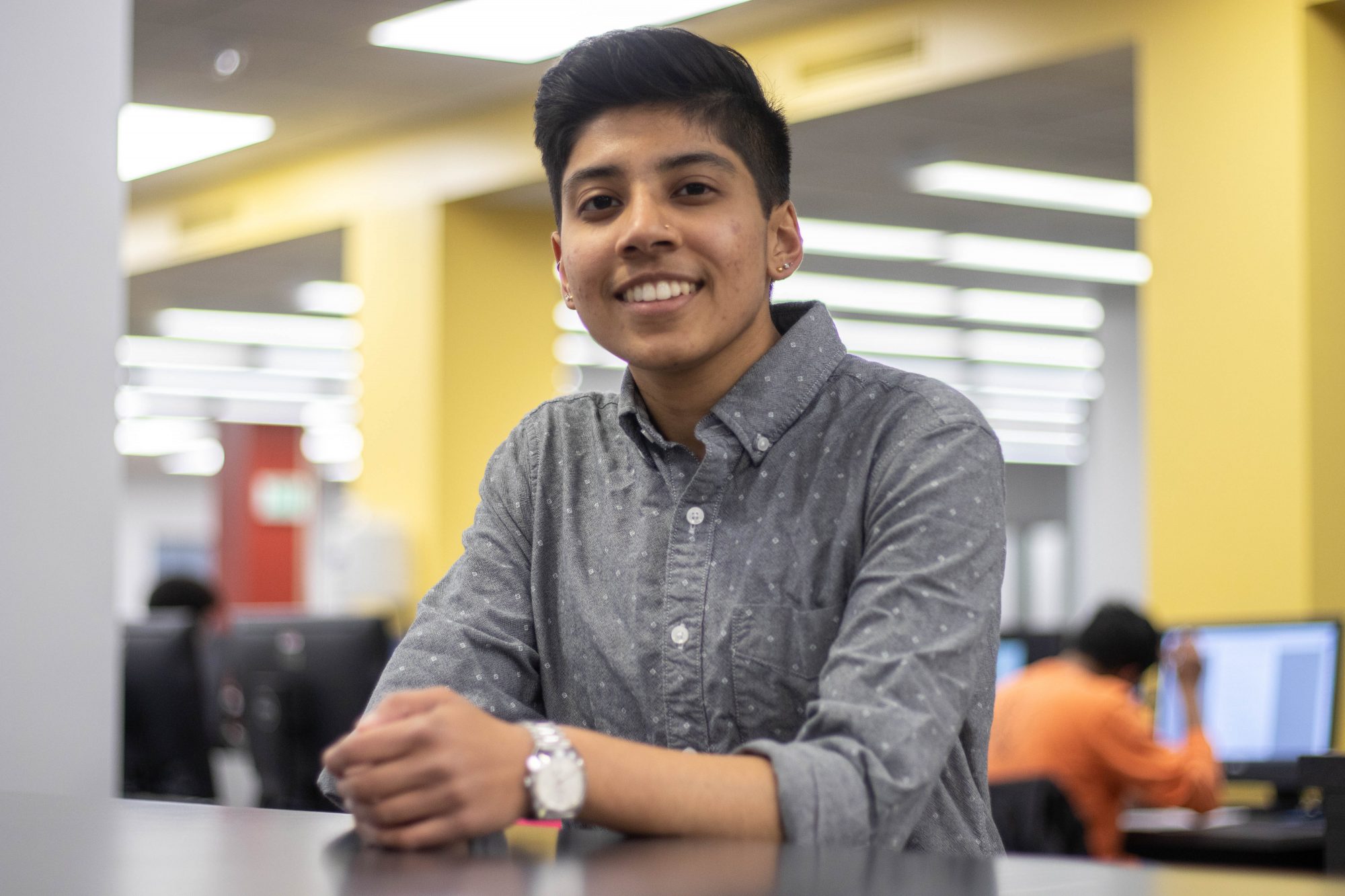Madison Plunkert traces her passion for birds back to a single moment when she was 12 years old.
She spotted a great blue heron near her home in Cockeysville, Maryland, and her interest in studying them took off. They’re “somehow majestic and awkward at the same time,” she said.
Now a junior biology major at the University of Maryland, Plunkert remembered feeling crushed when she learned the university didn’t offer any classes in the subject. But last semester, she taught a class of 17 Maryland students about the field — through a university program that lets students teach their peers.
Through the program, called Maryland’s Student Initiated Courses (STICs), student teachers like Plunkert have taught courses ranging from ‘Rapping It Up: An Analysis of Hip Hop Music’ to ‘Introduction to Ethical Hacking,’ all while earning credit.
“It’s amazing that the university is able to use this system to expand course offerings and to give [students] teaching experience,” Plunkert said.
[Read more: A GSG measure would push faculty to add language supporting students with kids to syllabi]
The STIC program was founded in 2017 with just one course. But since then, it has ballooned, offering 15 to 21 classes each semester. This semester, there are 18; most classes are based in computer science, the subject of many of the first STICs.
So, members of STIC’s board are again trying to encourage students to lead classes in other fields. There aren’t any STICs in the arts and humanities college this semester, a university spokesperson said, though there have been courses in the art and music departments.
“We are trying to figure out how we can encourage people outside of CS and math to teach more, and also to get the word out to people outside of the department,” said Siri Neerchal, a junior history and mathematics major and director of facilitators for STIC.
Back in the spring of 2017, Ishaan Parikh, now a university alumnus, founded the program when he was a sophomore. After spending many sleepless nights at the startup shell working on projects, Parikh realized how valuable it was to collaborate and learn with — and from — his peers.
Parikh and a friend of his — Sashank Thupukari, a fellow university alumnus — saw a need for basic programming skill classes, as there were none for programming languages like JavaScript at this university at the time.
Then, he found that a couple of universities allowed students to teach a class for credit.
“It was not too hard to jump to the conclusion that we should have [a program like that] in Maryland,” Parikh said.
[Read more: A Maryland bill would require colleges to develop plans for making voting accessible]
So he sought out Dean Chang, associate vice president for the Academy for Innovation & Entrepreneurship, who helped Parikh set up his course.
“For the next year and a half, [there was] a really, really intense concerted effort to grow STICs,” Chang said.
To help push Parikh’s idea along, Chang suggested Parikh find a faculty member in the computer science department who’d be willing to be the instructor of record — the person listed as teaching the class on Testudo in lieu of a student — for the introduction to programming class.
“You can’t have a student officially as the instructor, but there certainly are cases where the official instructor of record is a faculty member,” Chang said. “But there are other people that help teach the class.”
STICs have followed that model since. Every student-taught course has a faculty advisor, STIC board members said.
For Plunkert, the student reaction to her course — covering birds’ breeding, courtship, feeding and foraging processes — has been a highlight of her STIC experience.
“The students stop me and ask questions constantly, which is amazing,” Plunkert said. “They are very curious about the field, which I really enjoy.”
Shruti Ray, a junior computer science major, took CMSC399M, a student-taught class about smartphone-based augmented and virtual reality, last semester. Ray said the students in the class felt comfortable telling the two student teachers that the workload was too heavy.
“I don’t think we would be as inclined to doing that in a class that was taught by actual professors,” Ray said.
While students may be more comfortable with student teachers, there are certain things they might prefer to talk about with a faculty member, Neerchal said. The faculty advisors resolve any concerns about personal problems or grades.
Ray said a lot of her friends are interested in areas of computer science that are not covered by the major requirements. STICs allow them to study topics that are relevant to their interests.
“I think it’s a great way to do something for fun and learn for learning’s sake and not for the grade,” Ray said.



